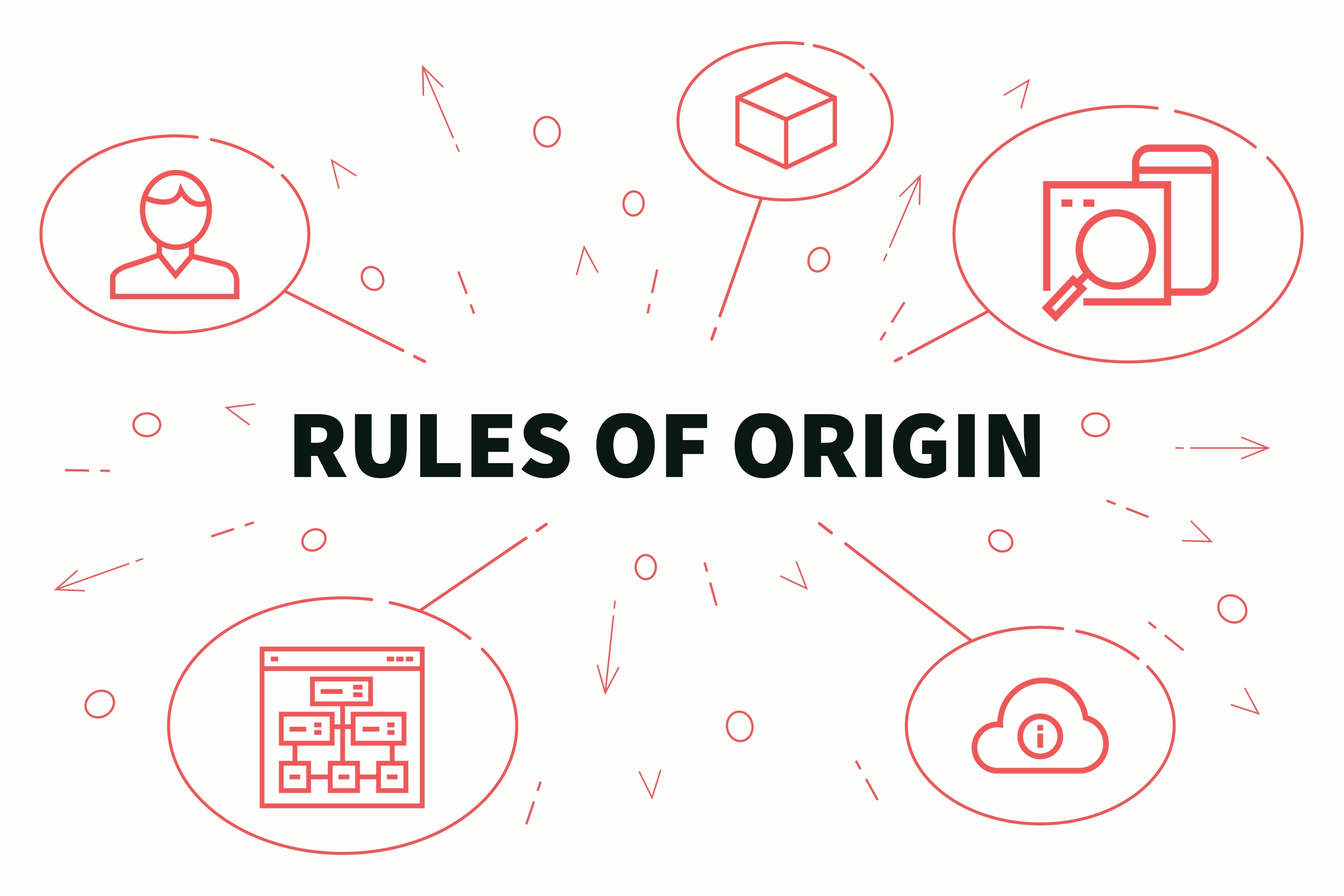
Understanding rules of origin is essential to successful international trade. Rules of origin determine whether transactions come within the scope of trade agreements.
For the latest of our trade explainers, we sat down with Matt Vick, academy trade and customs specialist at the Institute of Export & International Trade (IOE&IT), while he answered some essential questions.
What are rules of origin?
Rules of origin are used to determine where a product comes from. This will then impact on which trade agreements apply to overseas transactions, which will affect the rate of import duty paid. They are also used to help establish if any licences or controls around a product may be needed; something that is particularly important in the current climate with sanctions affecting goods of Russian origin. Anyone importing a product with a view to then exporting it will need to know its background before selling it on, as this information will be required by customers.
It’s important to understand that rules of origin relate to the product’s nationality rather than the country from which it is shipped. So if you’ve bought goods from Spain but that supplier has bought them from China, those goods may still be of Chinese rather than Spanish origin, depending on if they have undergone further processing.
Most trade agreements follow a WTO template to determine what counts as originating in a particular country, so it’s a good idea to familiarise yourself with this. But this can vary by trade agreement too, so you’ll also need to check the terms of any you may be operating under. Most trade agreements will require a document or statement confirming the origin of any goods.
When would you need to know this?
It’s important to be clear on this before you purchase any imported product, as part of the standard due diligence process. That may mean an email to your supplier asking them to confirm that those goods originate from that particular country.
If you make a mistake and it turns out that any goods come from a different country that’s not part of a trade agreement, you’ll need to contact HMRC to correct this and pay any extra duty that might be due. If it’s been going on over a number of years and HMRC spots it, rather than you informing then, that could potentially lead to fines as well as having to pay any amount due.
Could this result in some products qualifying for unexpected trade agreements?
Yes, in the example above, if the goods originated from Morocco rather than China, the UK has a separate trade agreement in place. You may have assumed it would be a third-party, standard duty rate but you would actually be able to get zero per cent duty as a result of the agreement. So it can go both ways.
What if a product is made up of different components coming from different parts of the world?
There are two terms to be familiar with here. One is ‘originating’, which means coming from the country you’re trying to trade with, and ‘non-originating’, which refers to a third country. Rules around this vary, but, for example, in the UK/EU trade agreement up to 15 per cent of a product can be non-originating and the item as a whole still count as originating from the EU. Other trade agreements may focus on the value of a particular element.
In cases where products are made up of different components from multiple countries, such as a car, under the UK/EU trade agreement the rule is that if the commodity code changes then it’s considered a significant change.
That item can then be considered as originating the country in which it was manufactured. So in the UK, Nissan will source components from Japan, Brazil, Thailand and the EU but its cars are considered to be UK originating for export purposes. This is one of benefits of trade agreements; in addition to reducing tariffs, they also contain clear rules around things such as rules of origin.
What impact has Brexit had on this?
It’s pretty much as it was. But previously businesses didn’t need to specify that parts were German, for instance, because they would all be counted as of EU origin. A lot of UK and European manufacturers are now having to go through the process of confirming what the origin of their goods is.
Are there sources of support here?
HMRC and the WTO have guidance around this, and you can always use intermediaries and agents to help with your movements. But ultimately any business is responsible for checking with manufacturers to get the correct information.
It’s less of an issue for exporters than importers, as most countries don’t have export tariffs, and declaring the country of origin of goods isn’t a mandatory field on a customs declaration for an export, whereas it is on an import. But exporters that import products to sell on overseas will certainly need to be aware of this. The Institute of Export and International Trade also offers a course around how to comply with rules of origin.
Matt Vick is one of several IOE&IT trade and customs experts who will be running trade clinics at the IOE&IT’s Membercon23 on 5 July in Liverpool. Come along and get your own trade challenge solved, or help others solve theirs. For more details, or to register, visit MemberCon23

